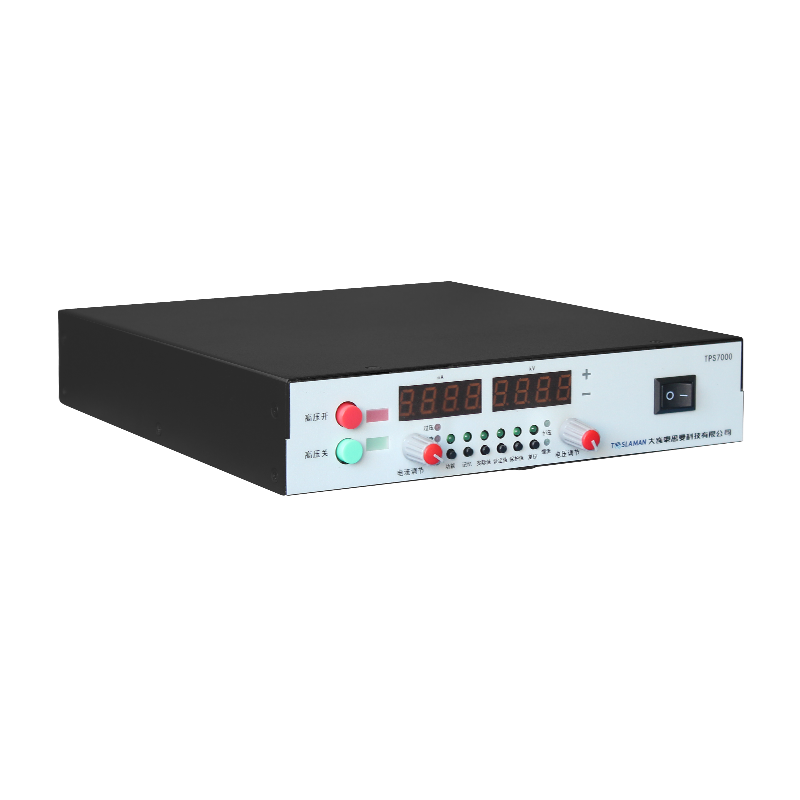Performance Optimization of High-Voltage Module Power Supply in Laser Driver
Abstract: With the advancement of technology and the development of industry, lasers have found widespread applications in various fields such as communication, medical treatment, and scientific research. The stable operation and high-performance output of lasers are inseparable from high-performance drive power supplies. As an efficient and stable power solution, high-voltage module power supply plays an increasingly important role in laser driving. This article discusses the performance optimization strategies of high-voltage module power supply in laser driving from a professional perspective.
I. Introduction
High-voltage module power supply is a power supply device that converts low input voltage to high output voltage, featuring high efficiency, high power density, and high reliability. It adopts modular design, which facilitates system integration and maintenance, meeting the needs of different application scenarios. In laser driving, the main function of high-voltage module power supply is to provide stable working voltage and current for the laser, ensuring its output performance and stability.
II. Overview of High-Voltage Module Power Supply
High-voltage module power supply is a kind of power supply equipment that converts low input voltage into high output voltage, featuring high efficiency, high power density, high reliability, etc. It adopts modular design, which is convenient for system integration and maintenance, and can meet the needs of different application scenarios. In laser driving, the main function of high-voltage module power supply is to provide stable working voltage and current for the laser, ensuring the output performance and stability of the laser.
III. Performance Optimization Strategies of High-Voltage Module Power Supply in Laser Driving
1. Choose the right high-voltage module power supply
When choosing a high-voltage module power supply, it is necessary to fully consider the power requirements, operating voltage range, current stability, and other factors of the laser. At the same time, attention should also be paid to the efficiency, power density, reliability, and other performance indicators of the power supply to ensure that it can meet the long-term stable operation requirements of the laser.
2. Optimize power supply circuit design
Power supply circuit design has a significant impact on the performance of high-voltage module power supply. In the design process, reasonable topology and control strategies should be adopted to improve the conversion efficiency and stability of the power supply. In addition, the anti-interference ability of the circuit should be considered to avoid the influence of electromagnetic interference on the output performance of the laser.
3. Adopt advanced control technology
Advanced control technology can improve the dynamic response speed and stability of high-voltage module power supply. For example, using digital signal processors (DSP) or microcontrollers (MCU) to achieve accurate voltage and current control can improve the output accuracy and stability of the laser. In addition, closed-loop control and feedforward control technologies can further improve the anti-interference ability and adaptability of the power supply.
4. Strengthen heat dissipation management
High-voltage module power supply generates a certain amount of heat during operation, which may lead to performance degradation or even damage if not properly dissipated. Therefore, heat dissipation management should be strengthened, and reasonable heat dissipation methods and materials should be adopted to ensure that the power supply operates within an appropriate temperature range.
5. Realize the matching between power supply and laser
To obtain the best laser output performance, it is necessary to achieve a good match between the high-voltage module power supply and the laser. This includes selecting appropriate power supply parameters (such as voltage, current, etc.) and optimizing the connection mode and impedance matching between the power supply and the laser. Through reasonable matching design, reflection loss and noise interference between the power supply and the laser can be reduced, and the output stability and beam quality of the laser can be improved.
IV. Conclusion
High-voltage module power supply plays an essential role in laser driving, and its performance directly affects the output performance and stability of the laser. By selecting the appropriate high-voltage module power supply, optimizing power supply circuit design, adopting advanced control technology, strengthening heat dissipation management, and realizing the matching between power supply and laser, the performance of high-voltage module power supply in laser driving can be effectively improved, providing strong guarantees for the stable operation and high-performance output of lasers.




















